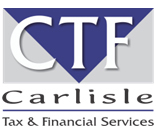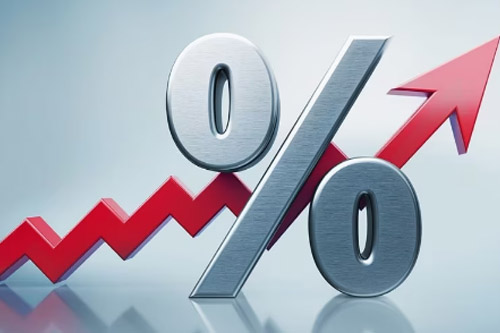Recent economic indicators are fueling optimism that South Africa may see more interest rate cuts in the near future. The latest figures from Statistics South Africa reveal that annual headline consumer inflation moderated to 3.8% year-on-year in September, down from 4.4% in August. This marks the first time since 2021 that inflation has fallen below 4%, a development that aligns with the South African Reserve Bank’s (SARB) recent statements about disinflation in its October monetary policy review.
Economists are interpreting these numbers as an encouraging signal. The Bureau for Economic Research (BER), for example, is now more confident that the SARB will reduce the repo rate by 25 basis points at the upcoming Monetary Policy Committee (MPC) meeting in November. This follows a similar 25 basis point cut in September, which lowered the repo rate from a 15-year peak of 8.25% to 8.00%, marking the first reduction in over four years.
The BER is not the only institution expecting further rate cuts. Momentum Investments forecasts that inflation will average 4.7% in 2024 and further ease to 4.3% by 2025. While they anticipate gradual interest rate reductions, they also caution that the SARB will proceed cautiously. External economic pressures still pose risks, and South Africa’s economy remains vulnerable to global disruptions. Nevertheless, Momentum expects three more 25 basis point cuts, which would bring the repo rate down to 7.25% by the end of 2025.
PPS Investments has also weighed in, pointing to favorable factors such as falling oil prices, moderating food prices, and a stronger rand, all of which should alleviate inflationary pressures. The rand has appreciated nearly 5% since the establishment of a business-friendly Government of National Unity (GNU) in June, contributing to a more stable economic outlook. While PPS Investments shares the view that a 25 basis point cut is likely, they also note that some experts believe there is room for a larger reduction. However, concerns persist, such as South Africa’s rapid shift to being a net importer of fuel and the potential economic repercussions of ongoing geopolitical conflicts in the Middle East.
The Reserve Bank’s Inflation Target in the Spotlight
Beyond the discussion of interest rate cuts, the SARB is also pushing for a reevaluation of South Africa’s inflation target. Currently, the target range is 3% to 6%, with an aim of 4.5% at the midpoint. SARB Governor Lesetja Kganyago has emphasized that this target, established back in 2000, needs to be reviewed and potentially lowered. South Africa’s current inflation target is significantly higher than that of developed economies like the USA, UK, and EU, which aim for around 2.0% annually. This discrepancy affects South Africa’s global competitiveness and keeps the country’s inflation rate higher compared to other emerging markets.
Although the Reserve Bank is tasked with keeping inflation under control, the authority to set the target lies with the Finance Minister. With Finance Minister Enoch Godongwana’s Medium-term Budget Policy Statement (MTBPS) expected next week, some economists speculate that a lower inflation target could be on the agenda. However, members of the MPC have clarified that they are currently operating with a 4.5% target in mind. Any deviation from this target would need to be transparent, as secretly pursuing a lower goal could damage the SARB’s credibility and undermine the effectiveness of its monetary policy.
For accountants and finance professionals, these developments have significant implications for budgeting, financial planning, and forecasting. Lower interest rates could relieve debt burdens for both individuals and businesses, stimulate investment, and support economic growth. However, the potential risks and uncertainties highlight the importance of staying informed and prepared for any policy shifts that could impact the financial landscape.





